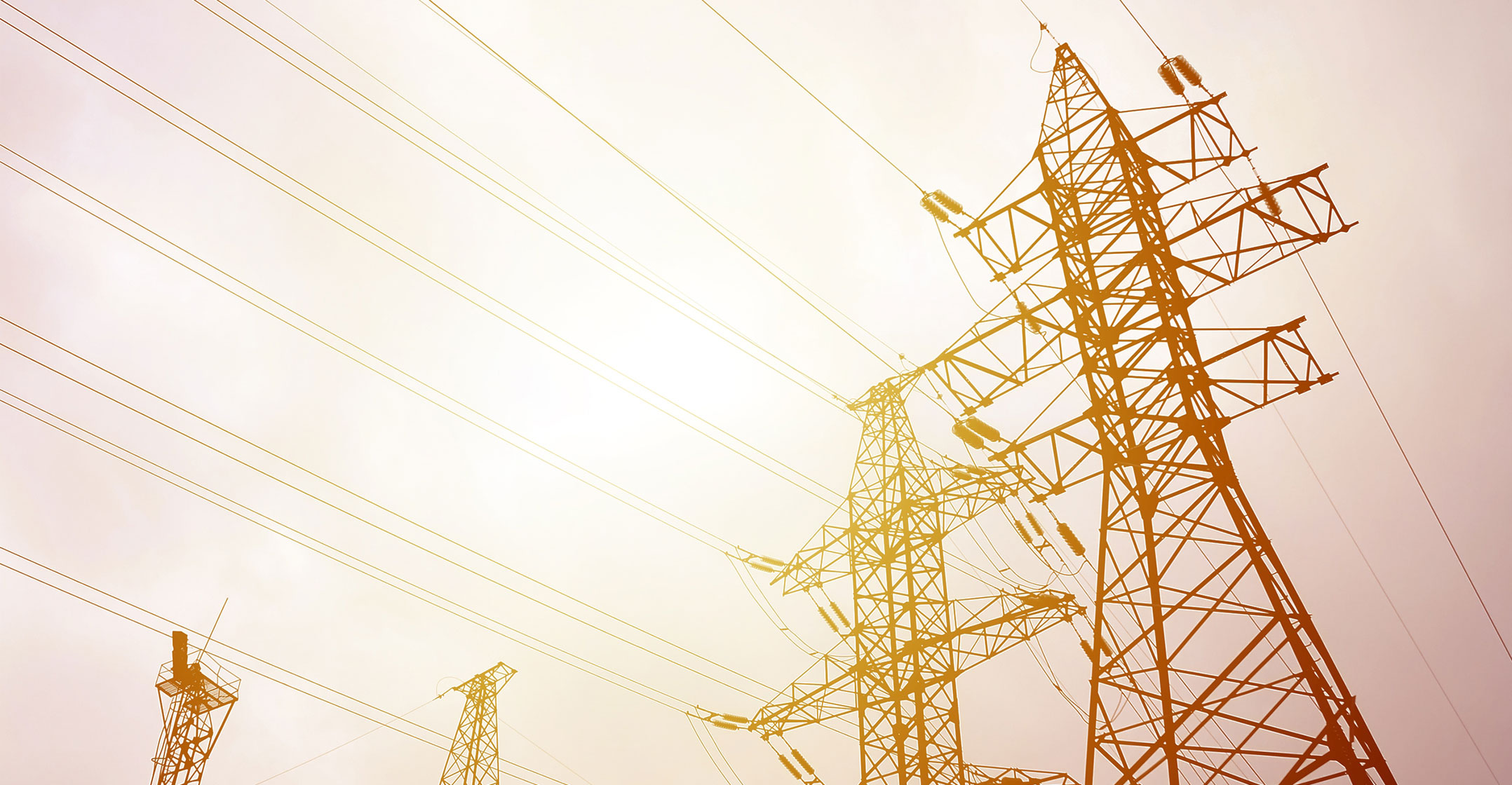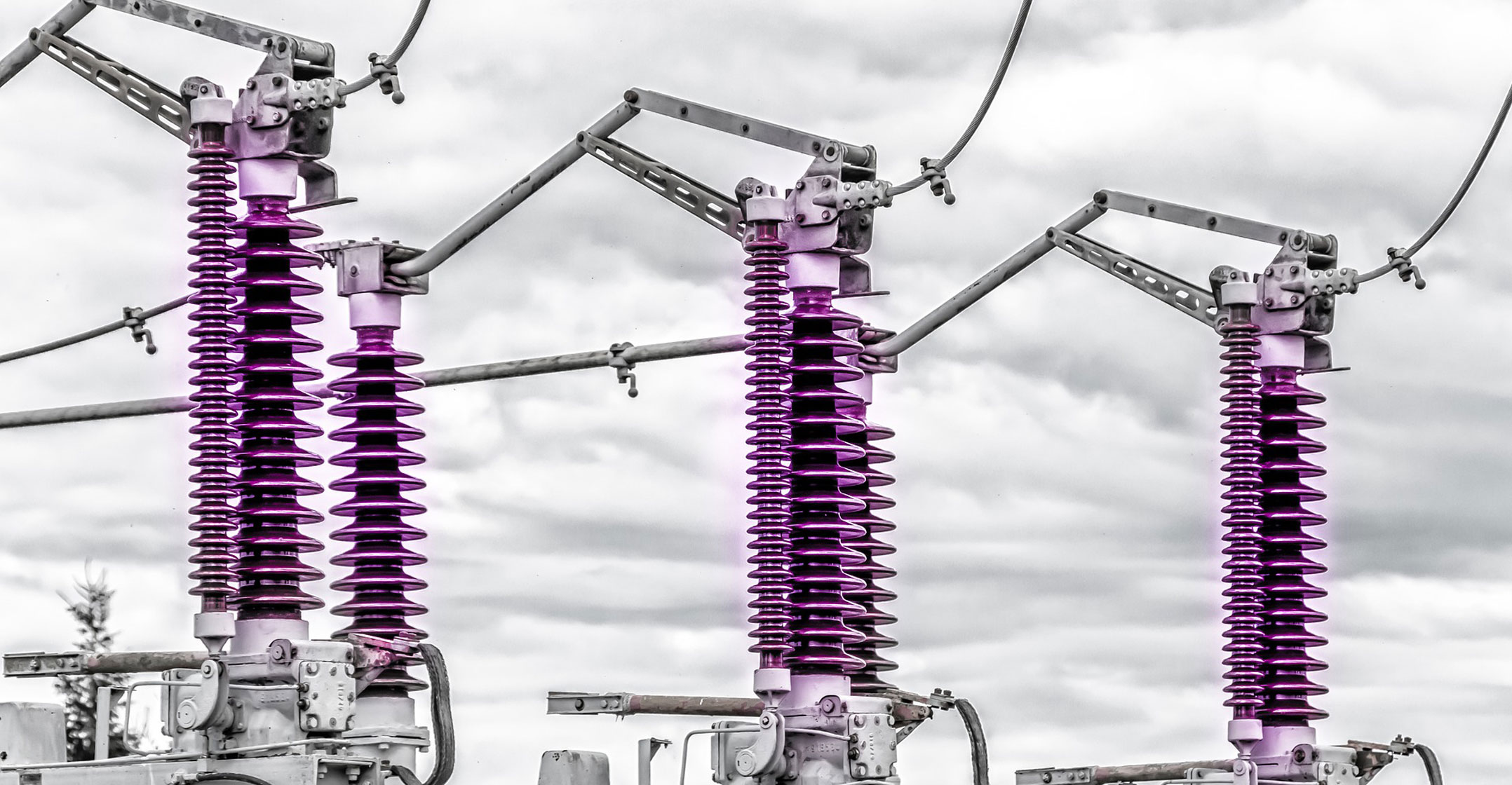 While struggling to scrape money together for maintenance work on its ageing coal-fired power stations, Eskom has had to fork out R48-million “and counting” in this financial year to fight theft and vandalism on its transmission network.
While struggling to scrape money together for maintenance work on its ageing coal-fired power stations, Eskom has had to fork out R48-million “and counting” in this financial year to fight theft and vandalism on its transmission network.
Since 1 April last year, 2 752 incidents were recorded, with the cost totalling R200-million.
These numbers, disclosed at the utility’s quarterly system update on Thursday, bring the direct spend resulting from criminality to a quarter of a billion rand.
It has appointed several security companies to provide 450 pairs of boots on the ground, drones equipped with infrared sensors, and intelligent cameras that can alert control rooms at its key sites of anything untoward.
Eskom has referred the alleged sabotage in November last year of a crucial pylon at its Lethabo power station to the Hawks, whose infrastructure task team is investigating the matter.
An investigation continues regarding an incident of possible sabotage shortly before that, when an extension cord was dropped on a transformer at Matimba. This caused three units to trip and led to load shedding.
Eskom group executive for generation Phillip Dukashe flagged timeous and adequate outage funding as a critical factor to ensure the recovery of the struggling coal fleet.
He said the Eskom fleet’s availability so far this financial year is a mere 62.9%, which is way below the target set for Eskom by government as its shareholder of 74%. It is also a significant deterioration from the 65.2% recorded in the previous financial year.
Unplanned outages
The big culprit is unplanned breakages, with the Tutuka, Kendal and Duvha power stations contributing 46% of these outages.
Dukashe said of the 84 outages planned for the current financial year, only 33 have been completed. Nine are currently being executed, 12 have been deferred but are still scheduled for this financial year, and 28 have been deferred to the next financial year – after which there will be two remaining.
The biggest challenges causing outages to be deferred:
- Funds;
- Space to do it while the power system is constrained with a supply shortage of 4GW; and
- Environmental compliance issues.
Eskom chief financial officer Calib Cassim described how difficult it is to balance the repayment of debt, operational demands and the need to do timeous maintenance when allocating budget.
He said the closer energy regulator Nersa’s determination of Eskom’s tariffs for the next financial year can be to the 20.5% increase it applied for, the better the competing demands can be met.
Dukashe warned against delaying maintenance, emphasising that it puts the system at risk.
Eskom group CEO André de Ruyter indicated that the generation fleet’s performance has increased substantially over the last month or two, with unplanned outages dropping to 9.4GW from 13GW or more.
The utility has increased planned maintenance outages to more than 7GW and has committed to prioritising maintenance despite pressure on supply.
 The system will, however, be deprived of more than 700MW of generation capacity from Medupi Unit 4, where an explosion destroyed the generator in August last year after staff ignored prescribed procedures. The unit was insured and Eskom is currently in negotiations with the insurer. The unit is only expected to return to service in August 2024.
The system will, however, be deprived of more than 700MW of generation capacity from Medupi Unit 4, where an explosion destroyed the generator in August last year after staff ignored prescribed procedures. The unit was insured and Eskom is currently in negotiations with the insurer. The unit is only expected to return to service in August 2024.
Koeberg’s Unit 2 has been taken out of service for refuelling and to replace its steam generator. This is part of a R20-billion programme to extend the life of the nuclear power station. It will deprive the system of more than 900MW for the better part of the year and when it returns to service, the other Koeberg unit will undergo the same process.
Although the coal fleet seems to be delivering improved performance most recently, Eskom group executive for distribution Segomoco Scheppers cautioned that the elevated risk of load shedding remains while Eskom is implementing its reliability maintenance recovery programme.
Scheppers said renewable energy currently contributes 5.9GW of generation capacity. Its best hourly performance so far was on 1 November last year, when it contributed more than 19% of energy supplied.
The maximum variation recorded from one evening peak to the next was 1 744MW, equivalent to three large coal-fired generators
Its variability is, however, a challenge, with conventional generation having to be ramped up or down to compensate as the supply fluctuates.
The maximum variation recorded from one evening peak to the next was 1 744MW, equivalent to three large coal-fired generators, he said.
Scheppers said Eskom’s projections up to 31 March do not show any load shedding, provided the unplanned outages do not exceed 12GW. With unplanned outages at 13GW, there may be two days of stage-1 load shedding and, if it increases to 14GW, Eskom foresees 29 days of stage-2 load shedding.
- This article was originally published by Moneyweb and is republished by TechCentral with permission

